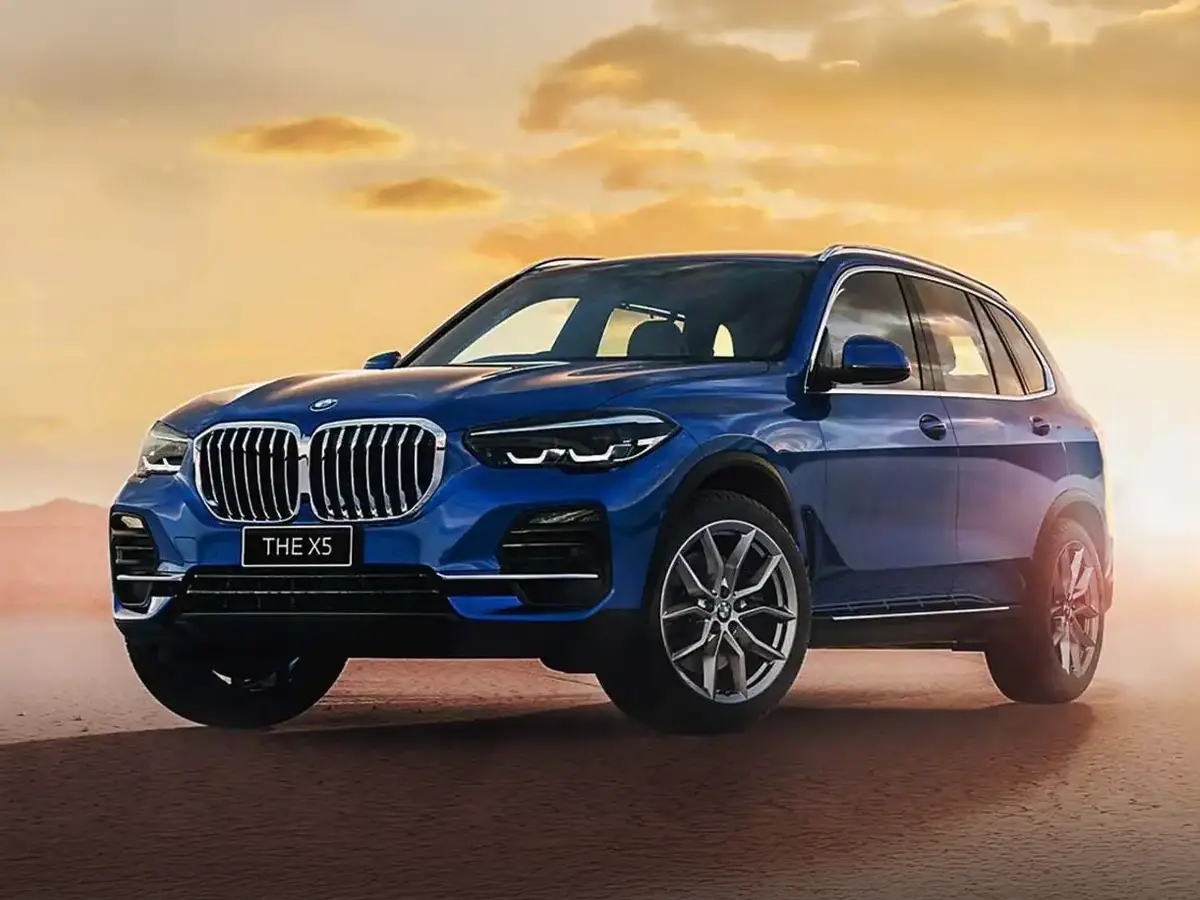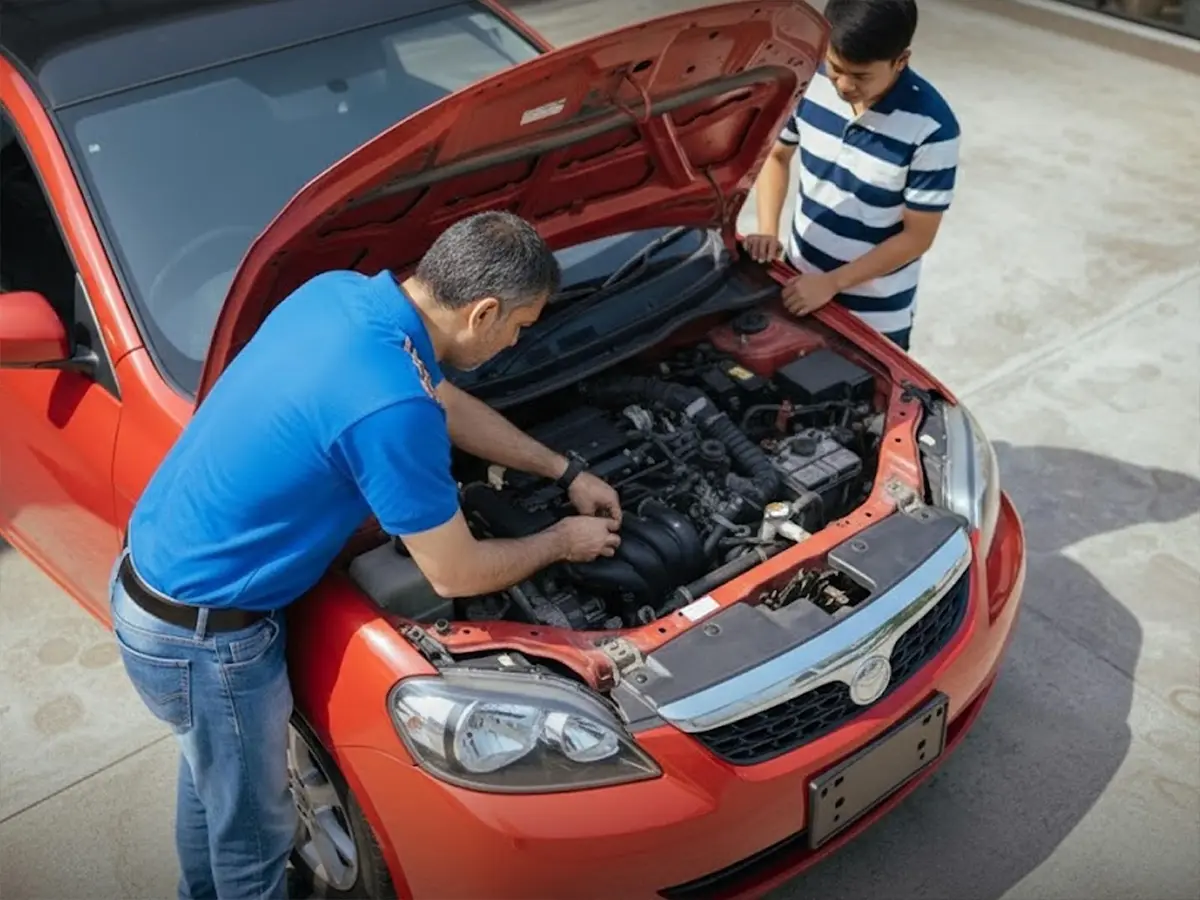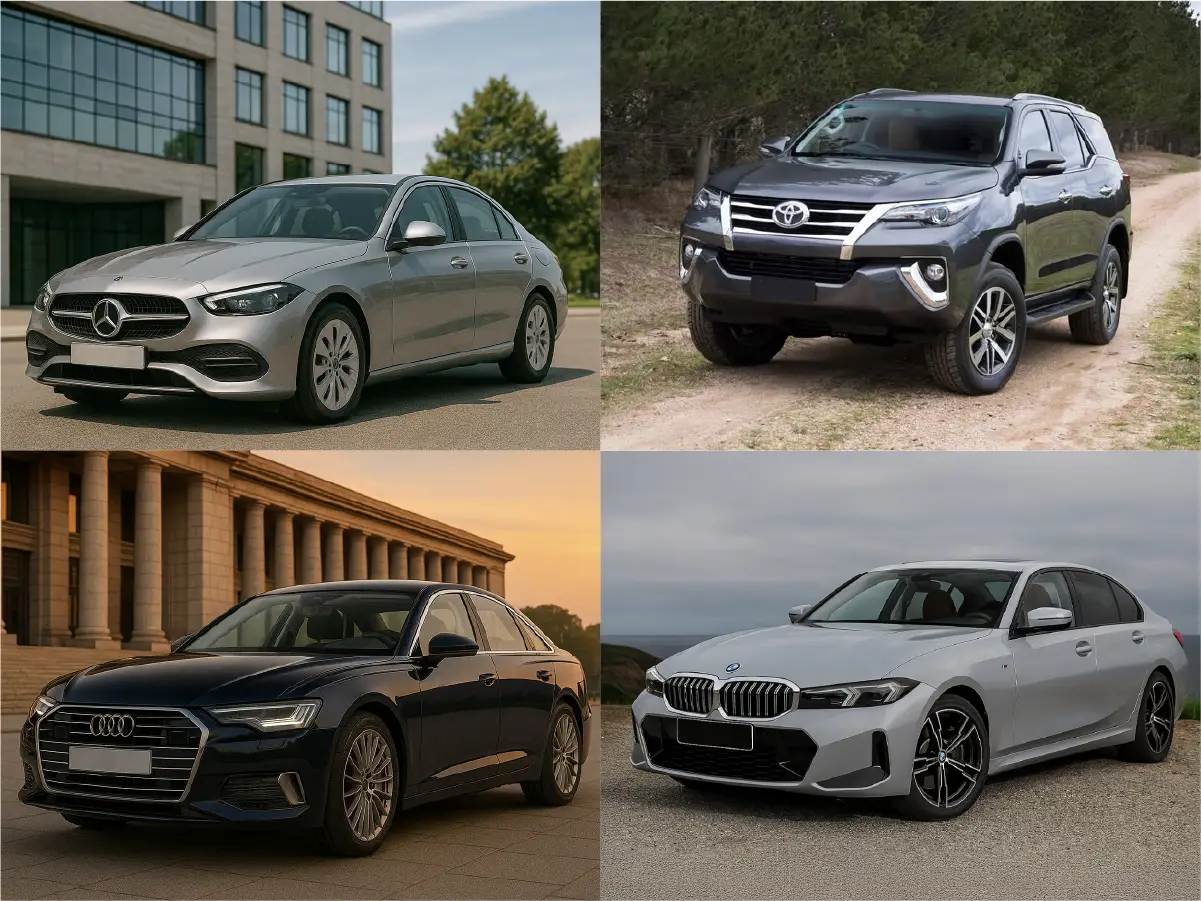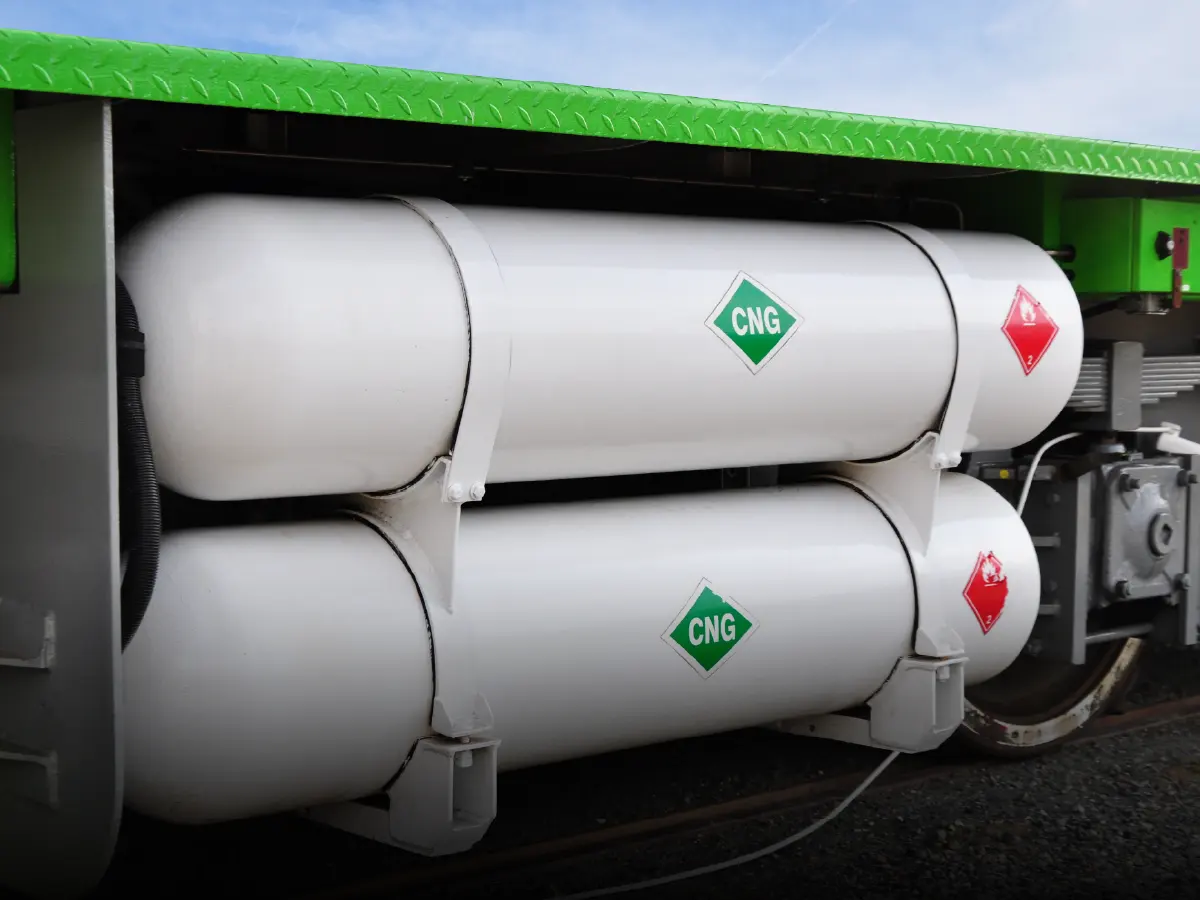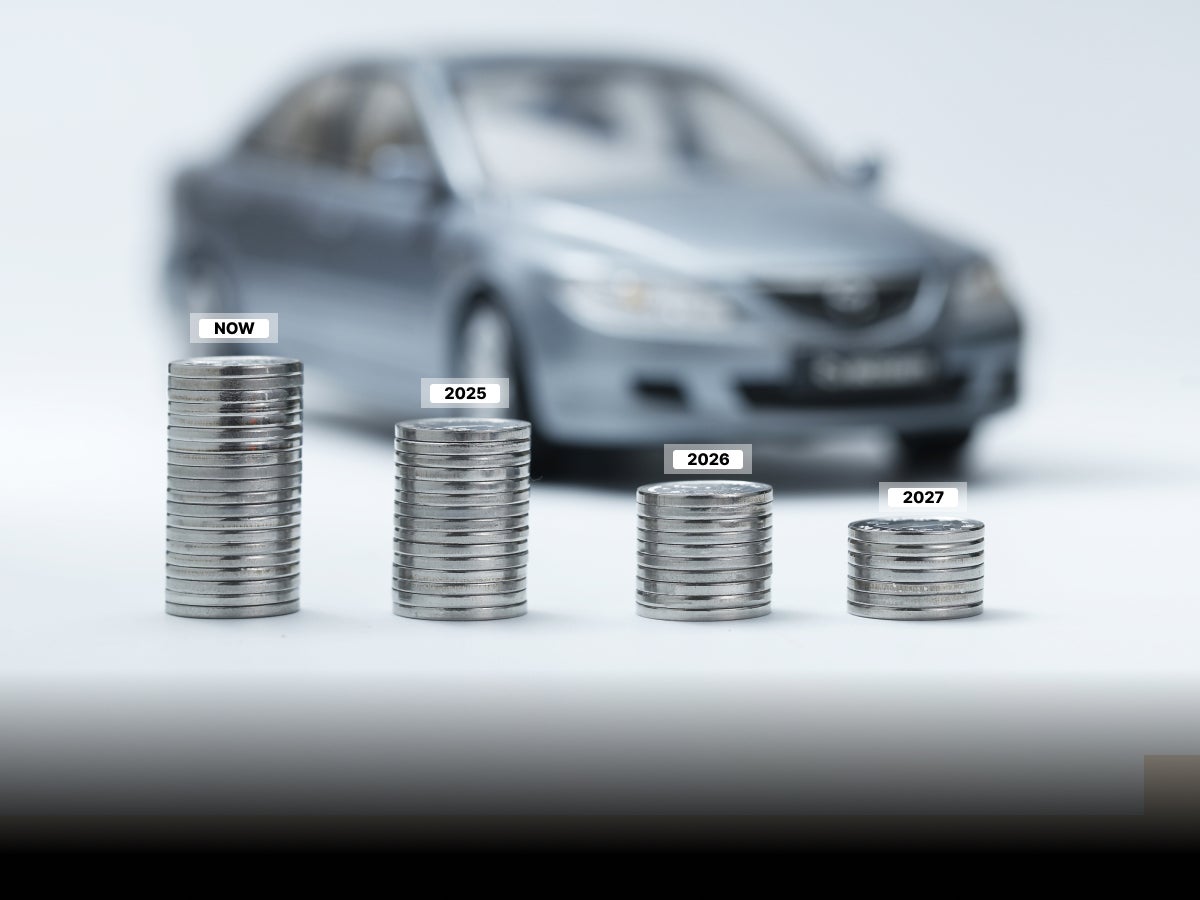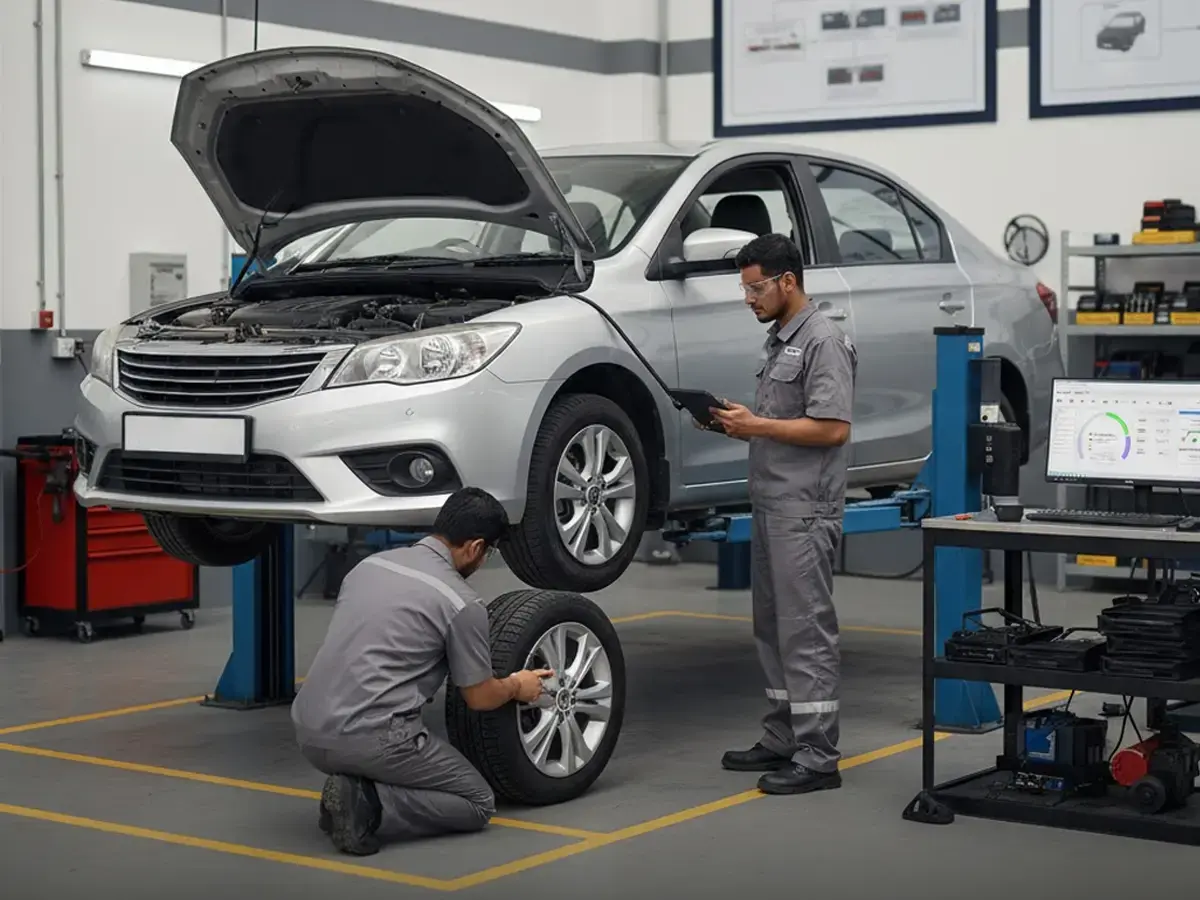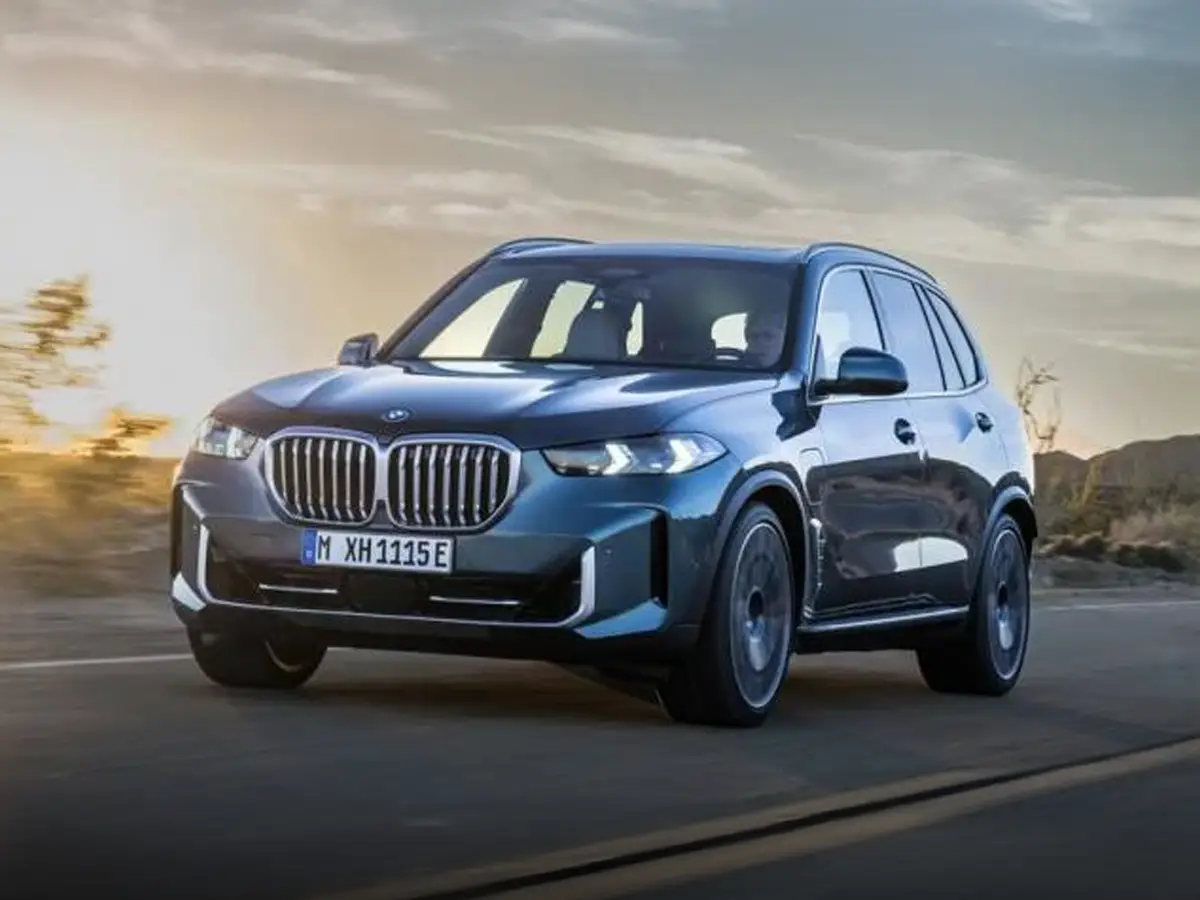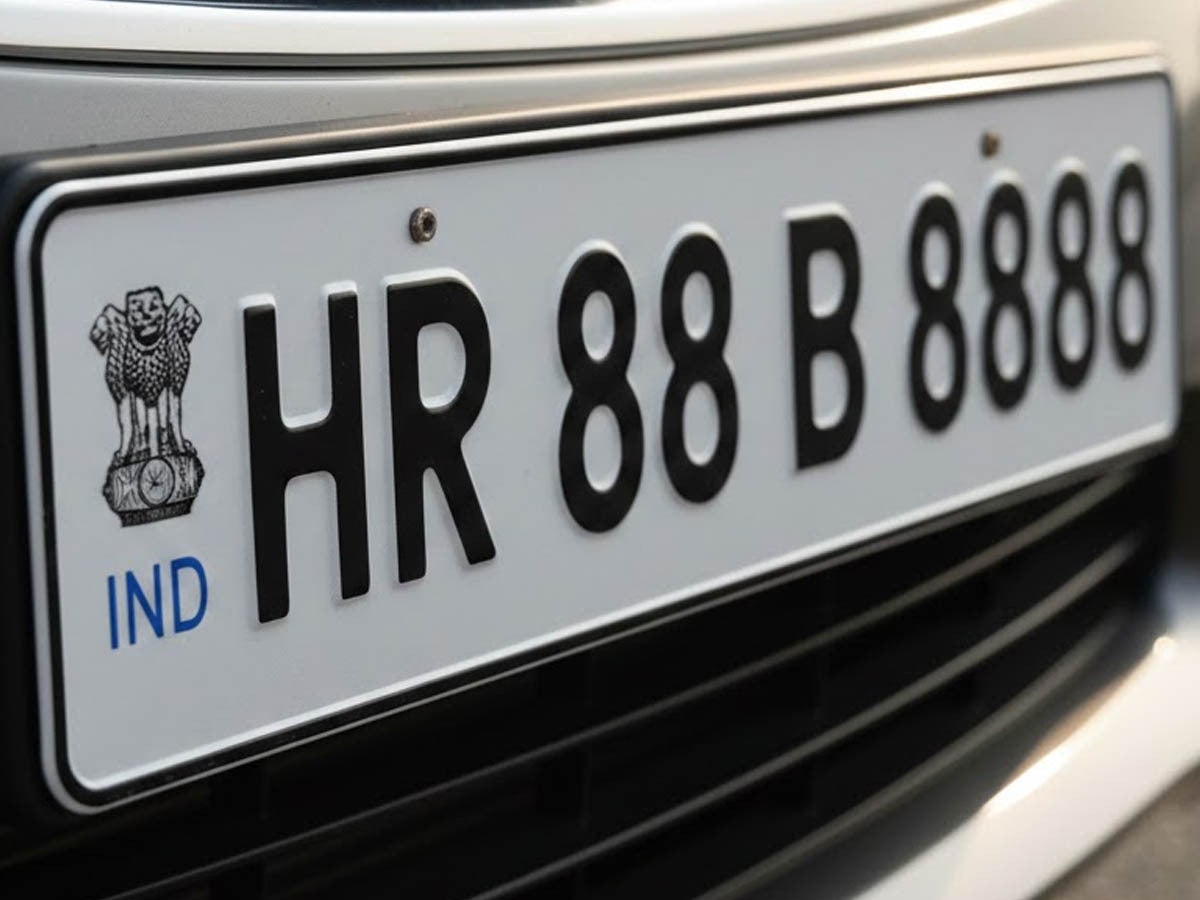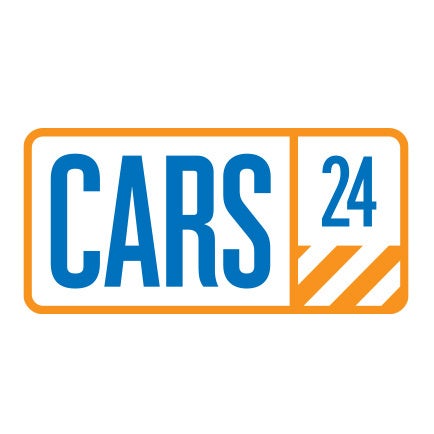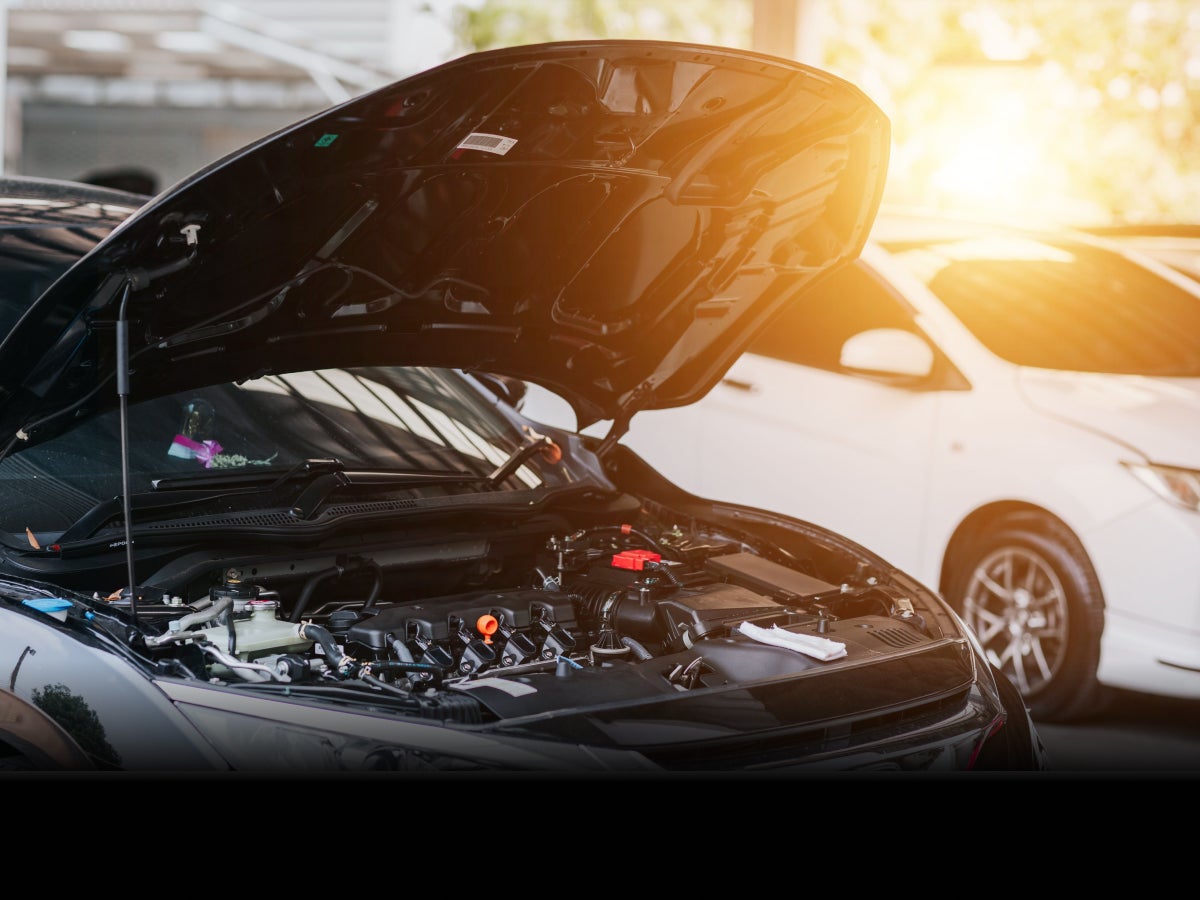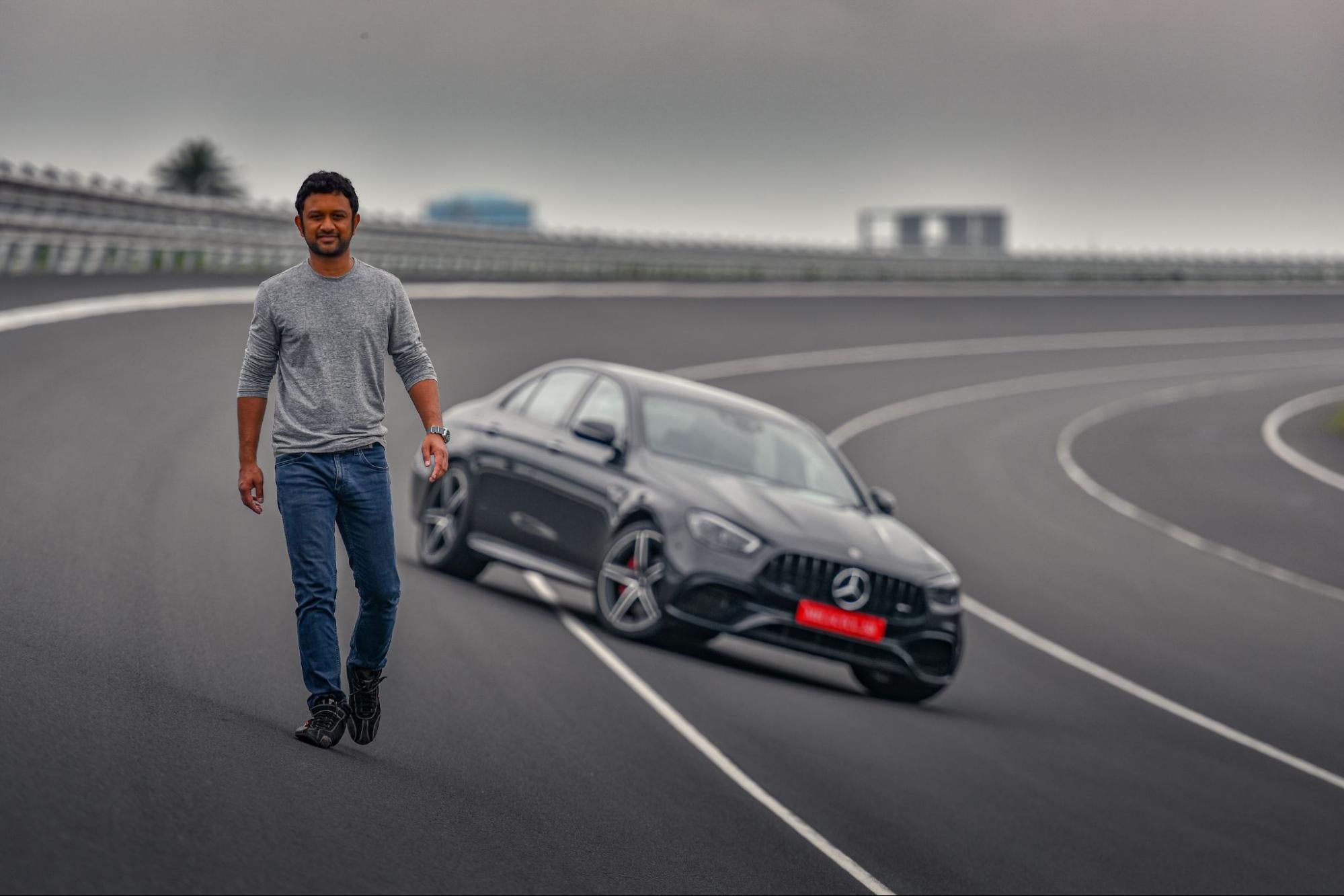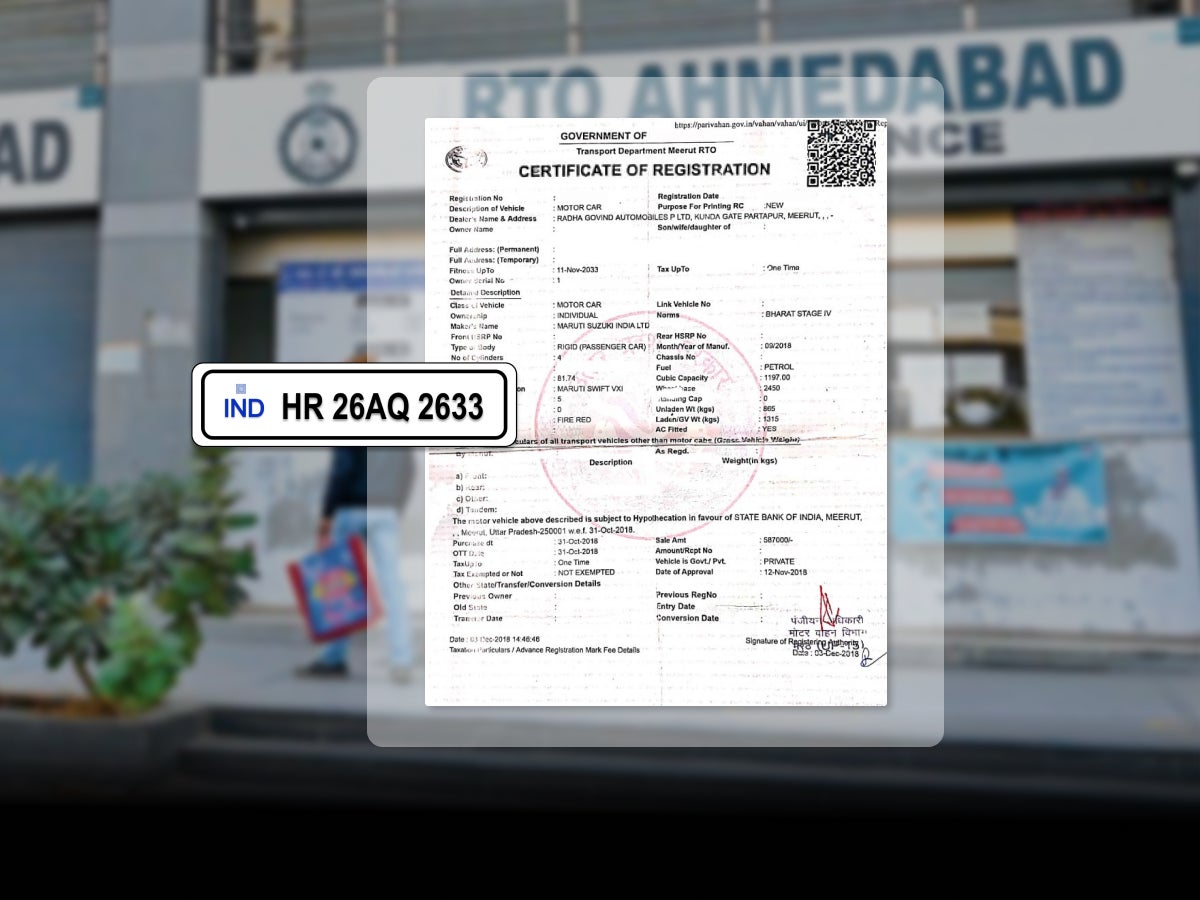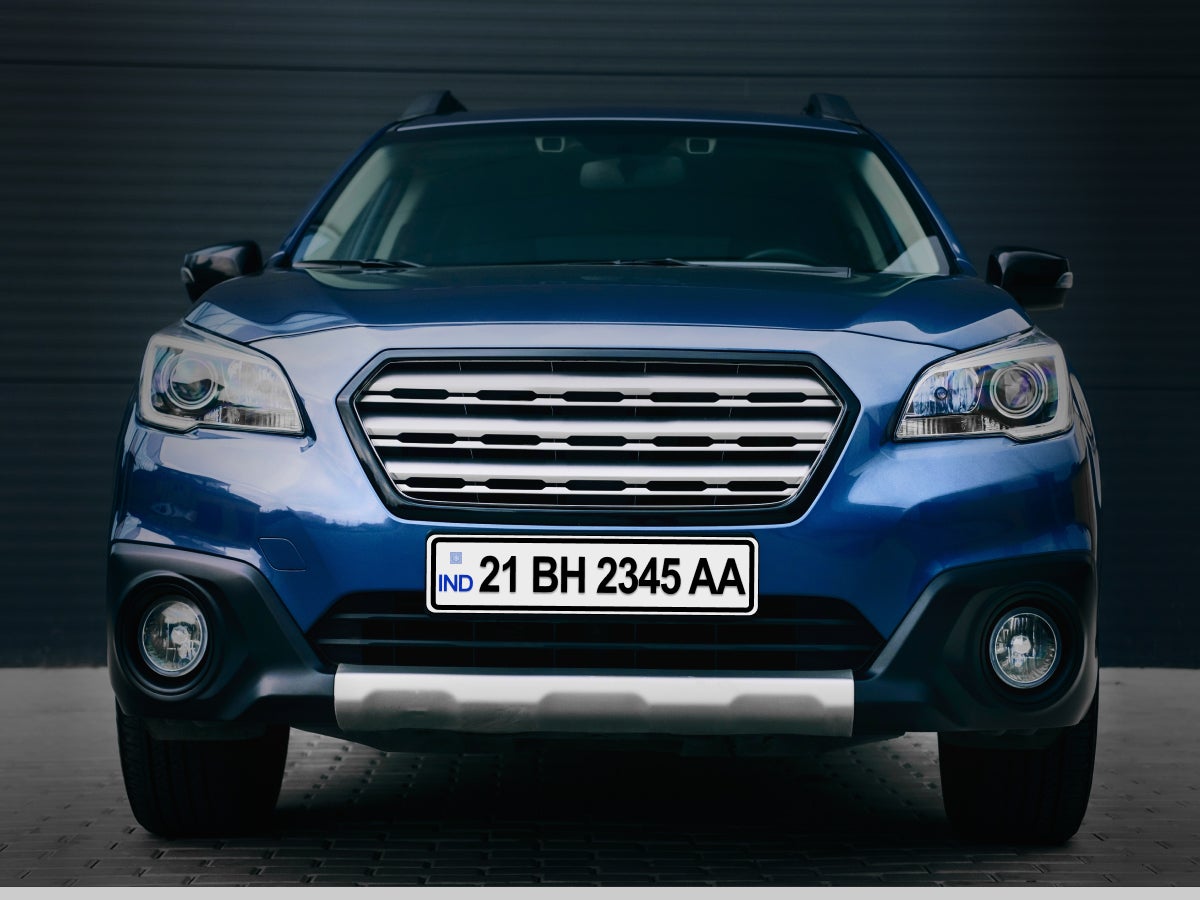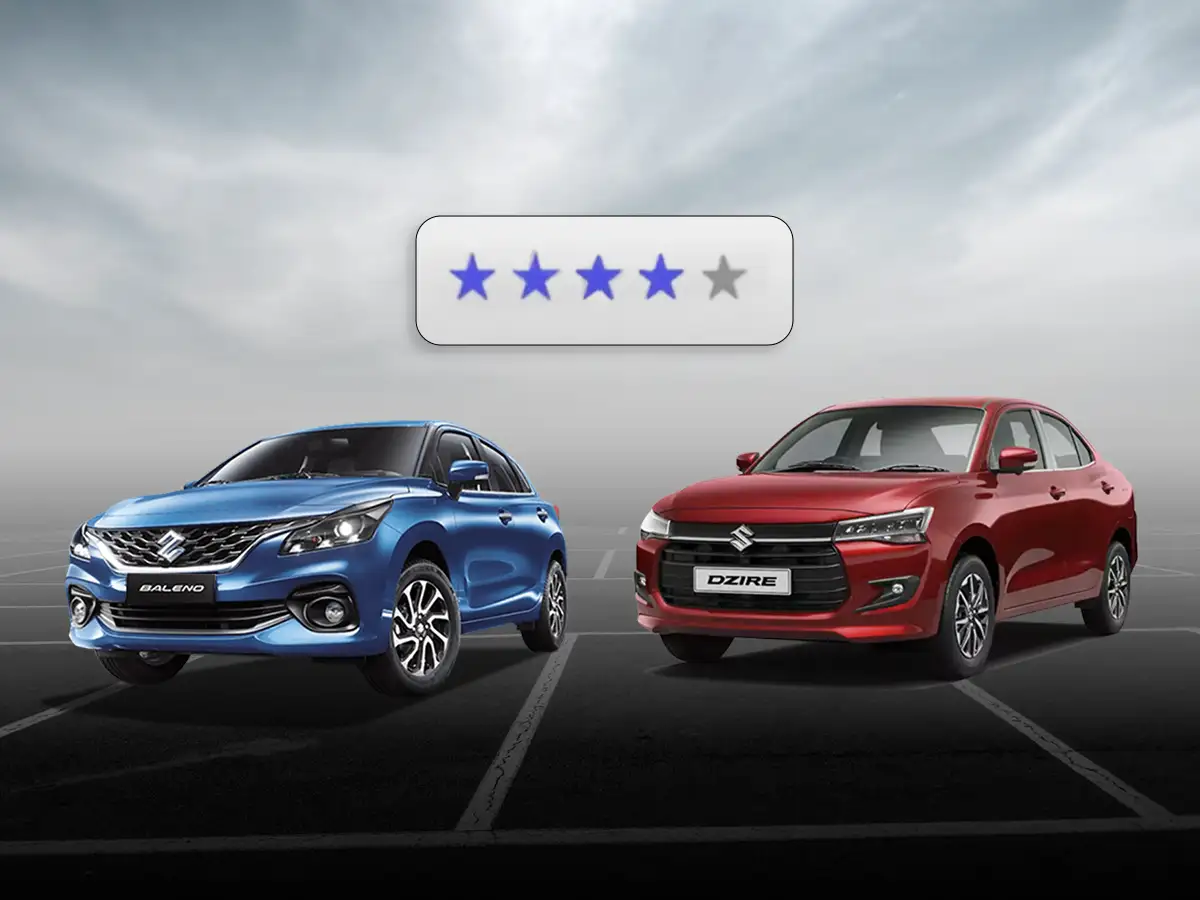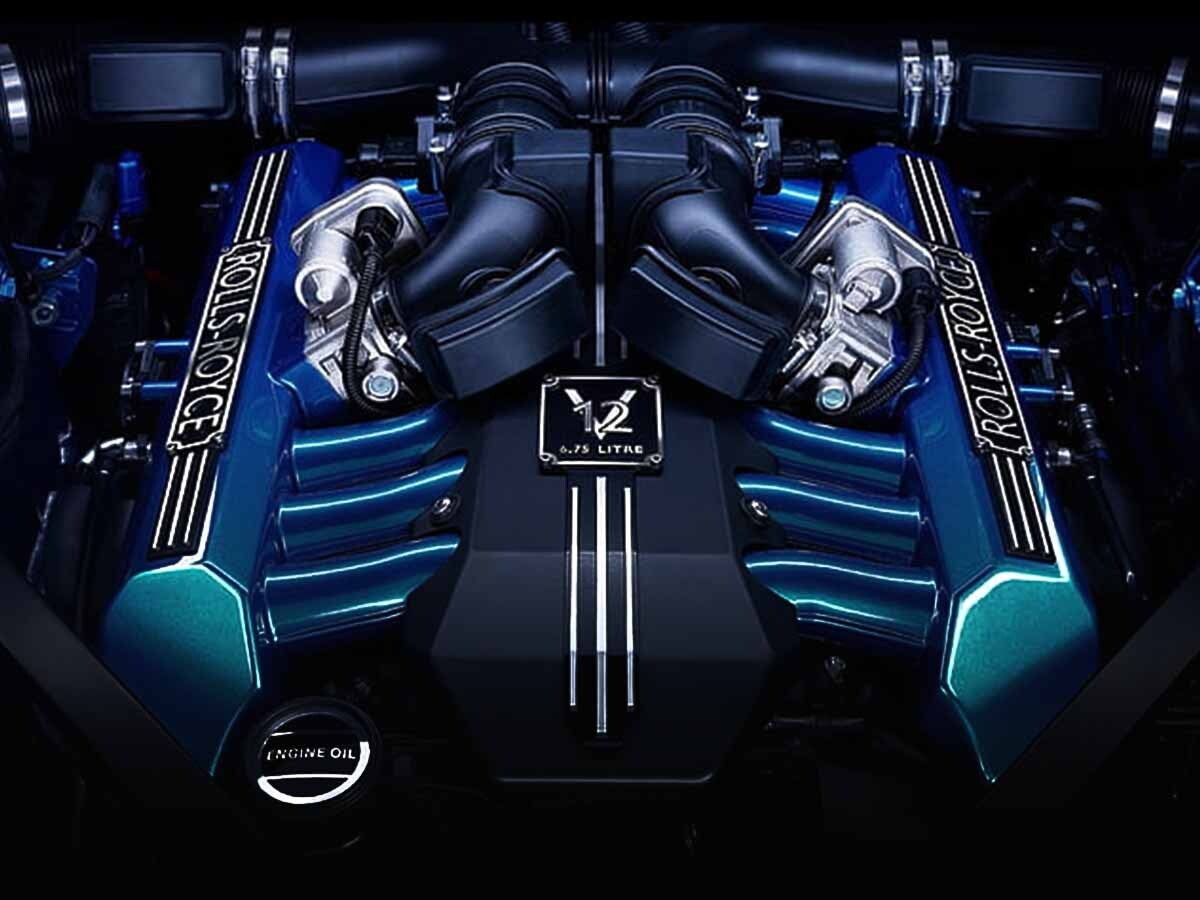

The Difference Between a V6, V8, V12 and V16 Engine
- 1V6 and V8 engines are smaller in size and lighter than V12 and V16 engines
- 2Smaller turbo engines can be more powerful than naturally aspirated larger engines
- 3V12 engines have higher fuel consumption and emissions than V6 engines
- What is a V Engine?
- Engine Performance – Dimensions and Number of Cylinders
- Difference Between a V6, V8, V12 and V16 Engine
- Size Difference Between a V6, V8, V12 and V16 Engine
- Power Difference Between a V6, V8, V12 and V16 Engine
- Efficiency Difference Between a V6, V8, V12 and V16 Engine
- Weight Difference Between a V6, V8, V12 and V16 Engine
- Conclusion
Car engines are of a number of types. The type of engine depends mainly on the type of car it is and its intended purpose. Some cars meant for city use and occasional highway trips use small petrol engines. Some larger cars, SUVs and MUVs meant to carry more passengers or cargo, use larger-capacity diesel engines.
In the case of the small car, the priorities are cost and efficiency. On the other hand, larger cars with more load capacity require efficiency as well as higher torque for load-lugging capability. That’s where higher performance engines come in. These can be V6, V8, V10, V12 or even V16 engines.
In this article, you will see some examples of each type. We will help you discover the difference between a V6, V8, V12 and V16 engine in detail.
What is a V Engine?
Before we get to the difference between a V6, V8, V12 and V16 engine, let’s talk about what a V engine is. A “V” engine is one that uses a certain number of cylinders in a V shape. To clarify, unlike most ordinary engines with three, four or even six cylinders in line, cars with V engines use two rows of cylinders called “banks”. These can be V6, V8, V10, V12 or even V16 engines. For a V12 engine, imagine two in-line six-cylinder engines joined at the base, at an angle of between 60-120° and you will get it. This also results in the namesake “V” shape.

We have discussed cars with V6 engines, cars with V8 engines as well as the best cars with V12 engines in separate articles. There are also some examples of high-performance cars with V10 and even V16 engines. The latter is presently restricted to one hypercar only, the Bugatti Tourbillon. Although, there have been production cars as well as prototypes before it as well, and from several different car makers.
Engine Performance – Dimensions and Number of Cylinders

The performance of an engine depends on the cylinder dimensions of bore (diameter) and stroke (piston travel length). In terms of piston travel, a wider bore and shorter stroke means more revolutions per minute (rpm) and higher power, whereas a narrower bore and longer stroke make for stronger lower-end performance and higher torque.
That is for one cylinder. A common bore and stroke choice is 84 x 90 mm, which gives a displacement of 499 cc, using the old school formula for volume of a cylinder (πr²l, or half bore x stroke x 3.1416/1000 x number of cylinders). Now, multiply that by the number of cylinders and you can have yourself a 1.5 L 3-cylinder, 2.0 L 4-cylinder, 2.5 L 5-cylinder, 3.0 L 6-cylinder, 4.0 L 8-cylinder, 5.0 L 10-cylinder, 6.0 L 12-cylinder or even a massive 8.0 L 16-cylinder engine. While this is theoretical, modular engine construction enables this sort of engineering reality.
Some engines, particularly within the Volkswagen Group (Audi, Bentley, Bugatti and VW Passenger Cars) use a staggered V formation engine called the W engine. This enables more cylinder volume within a tighter area making for more compact engines and higher performance.
Difference Between a V6, V8, V12 and V16 Engine
Apart from the obvious differences in the number of cylinders and the price, there are other differences between V engines of different cylinder configurations. These are mostly size, weight, power output, fuel efficiency and emissions. The type of vehicle and its positioning also has a hand at what sort of engine it uses.
For instance, sports cars may have the engine in the front or the rear, for better weight distribution and traction. Luxury cars have the engine in front which helps with sound levels in the cabin and better refinement. The more the number of cylinders, the better balanced the engine tends to be. And they are also available in different fuel types: petrol, diesel, and even hybrid.
Size Difference Between a V6, V8, V12 and V16 Engine

A V6 engine is the most compact of these, using two banks of three cylinders. A common example is the Audi 3.0 L V6 petrol engine seen in the cheaper A6 and Q7 as well as in the more expensive A8. This engine is smaller than the 4.0 L V8 engine in the earlier Audi A8L and RS Q8.
The previous-generation Audi S8 used a 5.2 L V10 engine and had a price tag more than twice that of an A6. There was also an Audi A8 W12 with a huge 6.0 L 12-cylinder engine, even bigger in size than the V10 and barely contained under that bonnet.
Yes, larger engines need more room to be fit into as well as to operate with optimal cooling. The size of the engine thus is a factor based on the size of the car. The same engine was also used in Bentley Continental GT W12 grand tourer and Bentayga super-luxury SUV.
Power Difference Between a V6, V8, V12 and V16 Engine

Power is a variable figure. High-performance turbocharged cars with V6 engines can match or even better the power of some naturally aspirated V8 engines. For example, the popular Nissan GT-R R35 3.8 L twin-turbo V6 made 562-591 bhp, whereas the naturally aspirated Mercedes 6.2 L V8 for sale earlier made between 451-518 bhp in mainstream performance models.
The Bugatti Veyron, Chiron and Tourbillon all used 16-cylinder engines, the first two were 8.0 L W16 engines with four turbochargers and up to 1,578 bhp, but the new Tourbillon uses a naturally aspirated 8.3 L V16 engine revving to 9,000 rpm and producing nearly 1,000 bhp by itself. With the hybrid system factored in, the quoted power figure is 1,775 bhp.
This tremendous power difference was a factor earlier when the number of cylinders meant more displacement and more power. Nowadays, new generation turbocharged engines make up for the deficit in displacement using forced induction and advanced injection technology. For example, a 5.0 L V10 TDI diesel Volkswagen Touareg from 2012 made 309 bhp and 750 Nm.
The 2024 Mercedes 3.0 L 6-cylinder turbo-diesel engine in the GLS 450 d makes 362 bhp and 750 Nm.
Efficiency Difference Between a V6, V8, V12 and V16 Engine

A V6 engine will be more efficient than a V8 or V12 of comparable unitary cylinder capacity due to its lower displacement needing less fuel. Cars with V12 engines or even V8 engines use more fuel and have higher emissions.
Let’s go with a straightforward example again, using the Mercedes S-Class for reference. The S 450 petrol with a 3.0 L 6-cylinder engine returns up to 12.8 kmpl and emits 204 g/km of carbon dioxide (CO2). The S 580 petrol with a 4.0 L V8 engine returns up to 9.5 kmpl and emits 252 g/km CO2. The S 680 petrol with a 6.0 L V12 engine can barely return 7 kmpl and emits 453 g/km CO2.
You have to note that we have used similarly performing engines here, each revving to about 5,500-6,000 rpm. They are focused on delivering higher torque than outright power and sound. Some sports cars have V6 engines which are more highly strung and revving to will not even return 5 kmpl when pushed, whereas a V8 hybrid luxury SUV can return 20 kmpl.
Weight Difference Between a V6, V8, V12 and V16 Engine

More power or not, a V6 engine will be lighter than a V8 or V12. A larger engine is often found in a larger car which makes it heavier as well. Let us continue using the Mercedes S-Class engines as an example.
The Mercedes S 450 has a 3.0 L 6-cylinder petrol engine (codenamed “M256”) weighing 168.4 kg. The S 580 petrol’s 4.0 L V8 engine (codenamed “M177”) weighs in at 209 kg. Meanwhile, the big 6.0 L V12 in the S 680 (codenamed “M279”) weighs a heftier 246 kg. This is just the weight of the engine.
It is interesting to note that all these engines are paired to the same 9-speed automatic transmission. The Mercedes-Benz S 450 and S 580 are available in standard (3,106 mm) and long (3,216 mm) wheelbase forms whereas the S 680 is only available in the extra-long (3,326 mm) wheelbase Maybach iteration. There is also a dramatic difference in price from ₹1.9 crore for the 6-cylinder to ₹3.7 crore for the 12-cylinder.
Conclusion
The number of cylinders in an engine determines its capacity, power, torque, fuel efficiency and price. Smaller V6 engine cars are more affordable and efficient than larger and more expensive cars with V8 or V12 engines. With the onset of downsizing and turbocharging aimed at lowering emissions, along with electrified hybrids, smaller engines can match or even better the performance of much larger capacity. It turns out there is a replacement for displacement after all.
Frequently Asked Questions
Expand all